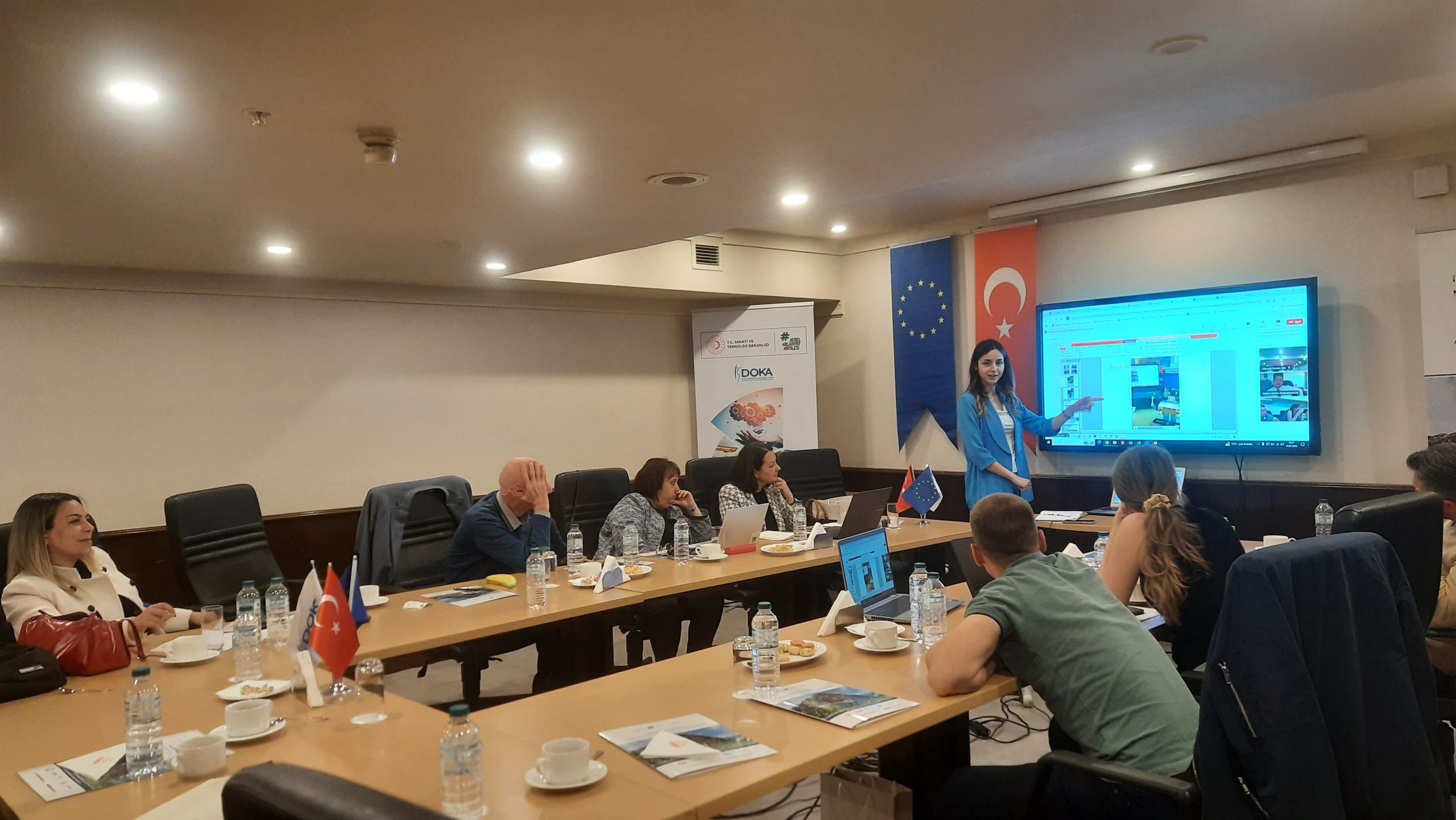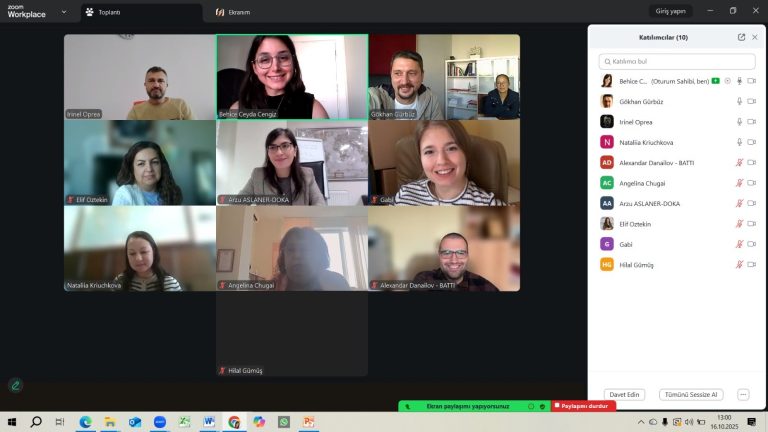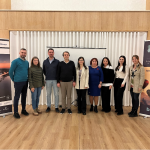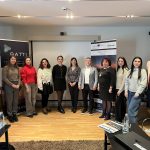On May 15, 2025, the management team of the BSB00168 – Know What You Breathe: Mobilizing Communities for Air Quality in the Black Sea Basin (AIRQUEST) project convened in Trabzon, Türkiye. Hosted by the Eastern Black Sea Development Agency (DOKA), the meeting brought together representatives from Türkiye, Bulgaria, Ukraine, and Romania to review progress related to the air quality monitoring system and its use in the development of a digital game scenario and mobile application. The meeting also focused on planning upcoming STEM activities, a story contest, and awareness-raising seminars. During the meeting, participants collaborated on planning future activities and developing project outputs, ensuring the continued progress of the AIRQUEST project.

Meeting Highlights
- Current Status
Each partner delivered a presentation on the activities and purchases completed, as well as their preparations for the upcoming activities planned for the next period. - Brainstorming and Q&A Session
Partners held a brainstorming session on the upcoming composition writing contest, discussing potential topics and formats. Participants engaged in a Q&A session covering AI subscription options, seminar descriptions, and the organization of the story contest. - Outreach & Promotion
The Lead Partner (LP) gave a presentation on the current status of the Analysis Center and initiated a discussion on the content to be translated for the website, mobile application, and digital game. A discussion was held on identifying regional sources of pollution to be integrated into the digital game scenario. It was agreed that surveys should be prepared and conducted to evaluate the effectiveness of the seminars and training as part of the project’s feedback mechanism.
Participants visited Altındere National Park to observe biodiversity and air quality conditions. Observations were conducted at key locations, including the industrial zone, port area, coastal road, and a local tea factory, to examine sources of urban emissions.
Gallery











